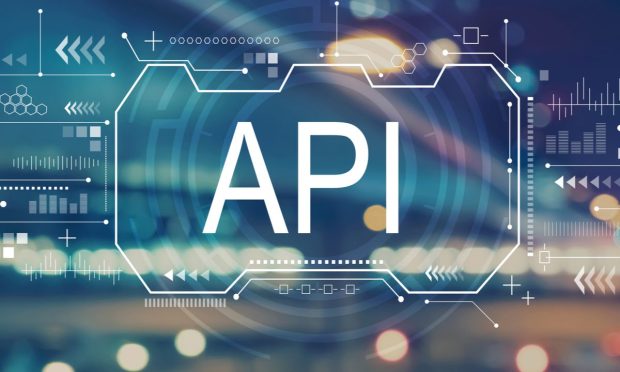Half of All B2B Payments Will Be Sent via APIs by the End of 2023

Interest in the potential benefits of application programming interfaces (APIs) has spiked in recent months as businesses and their financial institutions (FIs) or banking partners look to retool their payments processes to stay competitive in the payments ecosystem.
In fact, one recent study found that half of all business-to-business (B2B) payments will be sent via APIs by the end of 2023, as reported in The Treasurer’s Guide To AR Payment Optimization, a PYMNTS and CheckAlt collaboration.
Get the report: The Treasurer’s Guide To AR Payment Optimization
This indicates the technology’s critical role in the future of payments. The migration to API-supported payments also comes as the need for digitization pushes more firms to become aware of the inherent friction points in their payments processes. Many firms are still working with siloed systems that make easy sharing of payments and related data time consuming and cumbersome.
Executing the Shift to Digitization
Part of what hinders businesses from digitizing their payment processes is that many companies do not have the digital infrastructure to execute these shifts. Upgrading infrastructure to allow movement away from their previously siloed payment processes can be especially tricky for smaller businesses, as they operate on slimmer margins than their larger competitors and may lack the necessary funds to build out systems that support swifter, digital payment options. This is where technologies such as APIs can come into play.
With the advent of APIs, onboarding and the movement of funds is becoming easier and faster, CheckAlt Chief Product Officer and Chief Innovation Officer Bobby Rahmanian recently told PYMNTS.
Read more: Data, New Solutions Ease Switch From Paper Checks to Digital Payments
The growing focus on APIs’ potential benefits and the need for interconnected payments processes is coming as a rising number of companies are letting go of slower payment methods such as paper checks, and as businesses seek quick solutions to adjust their manual payments processes to digital ones or risk losing these customers and vendors to other, speedier competitors.
Moving to API-Supported Platforms
Moving siloed payment systems to API-supported platforms, and connecting to firms’ enterprise resource planning (ERP) systems is one way to speed transactions, but businesses must approach such shifts strategically. Considering how APIs can help and how to implement them without friction, therefore, is crucial for companies.
APIs can help businesses better aggregate the data they need to complete these transactions in one place, easing their transitions from siloed, manual accounts payable (AP) and accounts receivable (AR) strategies to more connected, digitally optimized models. Businesses in multiple industries are experimenting with APIs that can help them connect their lockboxes and other vital solutions to keep pace with customers’ changing needs.
Bringing down the barriers between payments and easily collecting and transferring the necessary data and payment information to ease reconciliation is becoming critically important as firms are becoming less tolerant of slower payment processes. Similarly, many businesses say enhancing their ability to view supply chain data is a priority. Tapping technologies such as APIs that can help collect higher volumes of data in one place may be essential to many companies’ AP and AR strategies moving forward.
